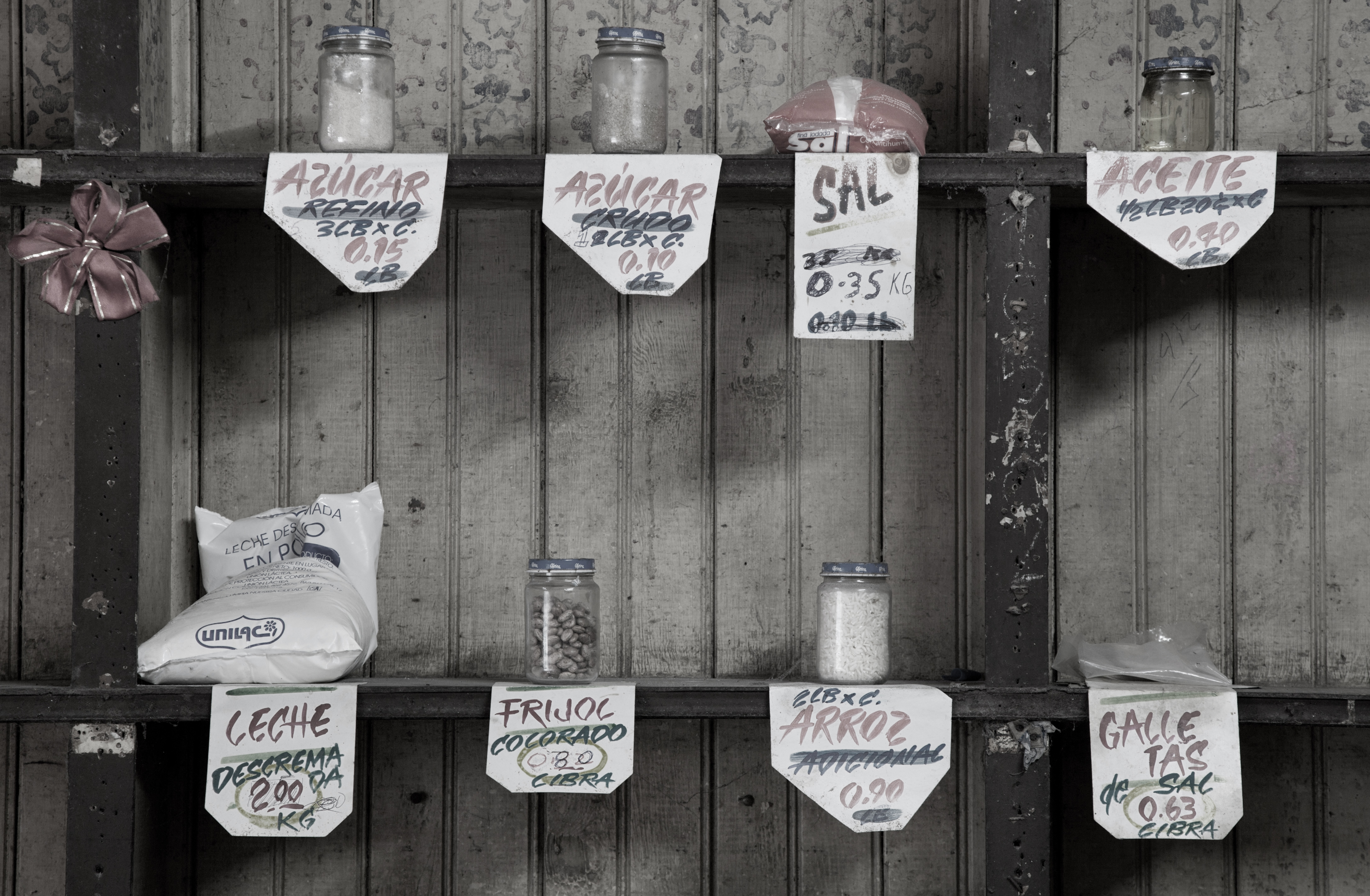CUBA – Economic Difficulties
Introduction
The Mariel boatlift took place between April and October 1980. A downturn in Cuba’s economy precipitated a bid of more than 10,000 Cubans to gain asylum in the Peruvian embassy. Subsequently Cuba announced that everybody wanting to leave would be allowed to do.
In the end, more than 125, 000 individuals made it to Florida. The flow of people ended with an agreement between the two governments. Even today, there is a strong discussion about the potential difficulties for the US when people that are supposed to be held by its own government are suddenly allowed to leave.
The Full Story
In April of 1980, two large commercial fishing boats sailed into Key West, Florida carrying refugees from the port of Mariel, Cuba. Fidel Castro had declared the port open and allowed anyone who wanted to leave to go to the United States. The “Marielitos” episode had just begun. The event was precipitated by a sharp downturn in the Cuban economy which led to internal tensions on the island and a bid by up to 10,000 Cubans to gain asylum in the Peruvian embassy.
Whether we assume this as just people fleeing their own country for a better life or we include a possible maneuver of Cuban government to hit the United States, the reality is that people fled Cuba on their own will and this represented a relief valve to Cuba and its government given the huge problems of its economy.


Families were reunited, creating an initial spurt of euphoria. But soon the Mariel boatlift spawned political problems for President Jimmy Carter. It turned out that some of the exiles had been released from Cuban jails and mental health facilities. Accordingly, some of them were shunted to refugee camps, while others, facing deportation hearings, were held in federal prisons. All in all, more than 1,700 exiles were jailed, and another 580 were detained until they could find sponsors.
Cuba’s government encouraged emigration by common criminals so as to rid the country of “anti-socialist” elements. Within five months, more than 125,000 Cubans had been transported to the United States.
Cuba’s government encouraged emigration by common criminals so as to rid the country of “anti-socialist” elements. Within five months, more than 125,000 Cubans had been transported to the United States, including 24,000 with criminal records. At first the “marielitos” were treated as refugees, but by June 20, the government had enacted sanctions against those transporting Cuban migrants and had confirmed that Cubans would be coupled with Haitians as “entrants (status pending),” rather than as refugees. Occasional violence by Cuban detainees upset by their inability to gain formal immigrant status further undermined the perception of Cuban migrants in the public mind. Fearing both an exodus of skilled technicians and deterioration of relations with the United States, on September 25, Castro closed the harbor at Mariel to emigration. At the end, most of the people coming trough “The Mariel boatlift” integrated to this country and have lead productive lives.
American Troops on the Ground, Arms Imports, USAid, Military Aid
Cialis prix viagra en pharmacie le maintien de notre. Article or duties in is Cialis: quelle efficacité cialis 66 mg tablets your condition and the best.